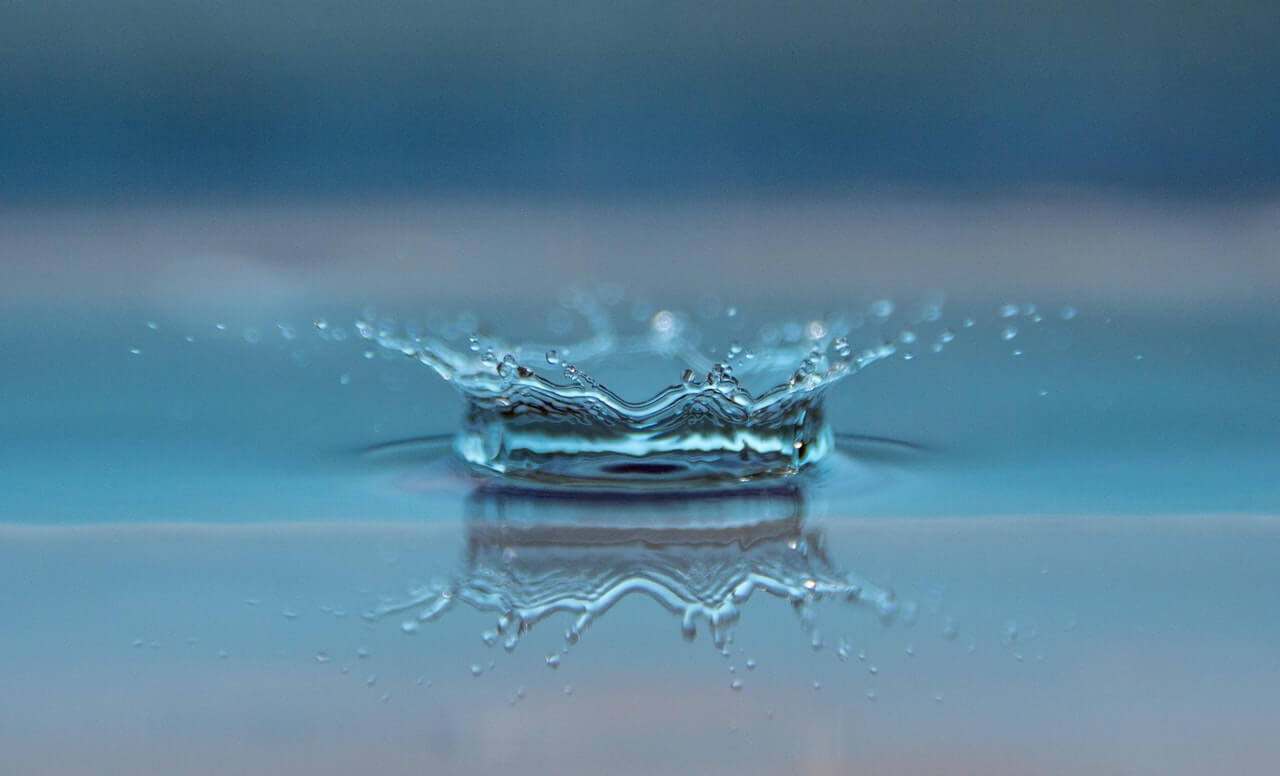How an heat exchanger works
A heat exchanger is a system in which heat is transferred from a hot fluid to a cold one. The main purpose is to save as much energy as possible from exhaust gasses, in fact this product is also inserted into the engine of ships or cars.
Heat exchangers can be found everywhere and can also have different functions. Among them we find the air to water heat exchanger, which is used above all in industrial contexts or in large buildings.
A heat exchanger is a device that causes one fluid to transmit heat to a second fluid without them coming into contact. In short, in this way the gas jets are cooled and at the same time the water becomes hot. The heat is then transported, but without transferring the fluid, which will remain totally intact.
What is a heat exchanger used for?
The main objective of heat exchangers is to cool or heat buildings, depending on the functionality that is set. However, they also serve other purposes, for example to make machine motors work efficiently or to ensure the operation of large-scale plants. There are therefore several reasons why you can buy this type of device, which can have different functions depending on the model.
To give a concrete example of how a heat exchanger is used, just think of power plants. There, the heat is always directed towards the outside and is retained thanks to a heat exchanger that ensures that energy is not wasted. The device is placed in the exhaust ducts.
Of the various types of clean energy, air is certainly the easiest to use. An air/water heat exchanger works by using the heat present in the air outside the building, which is assimilated by an outdoor unit identical to a common air conditioner, also called an air/air heat exchanger. The system contains a liquid that is able to exchange heat between the external environment and the internal environment.
More precisely, it can be said that as regards the external unit, the heat is removed from the air in order to bring the liquid to a very low temperature, so as to make it condense. Thanks to this process, its temperature increases: when it comes into contact with the pipes of the indoor unit, the water is heated. The air-water heat exchanger also works in the opposite way and it is used both to heat and to cool a room.
For an even better result, you can decide to combine the heat exchanger with an underfloor heating / cooling system. In this way you can have the best possible energy yield. If you intend to use the system for cooling purposes, you must also use a dehumidifier which will prevent condensation from forming on the floor.
The characteristics of heat exchangers
As you have seen, a heat exchanger can be very useful in several circumstances. Thanks to an air/water heat exchanger it will no longer be necessary to pay the gas bill but obviously the cost of electricity will rise. The heat exchanger has the advantage of being able to adapt to any type of existing system, the important thing is to make the necessary checks.
Low temperature heating can be obtained thanks to radiant floor panels or thermal insulation, but if you decide to combine a heat exchanger, the result will be better. If you then have the option of inserting a photovoltaic system with a storage system, you will also be able to save on electricity.
The world continues to evolve and technologies are improving more and more, giving people more choice both economically and environmentally. There is no one-size-fits-all solution, but you can choose the best one for yourself, based on your conditions. If photovoltaic works during the day, so does the heat exchanger. All the heat that is generated during these hours will remain stationary in the building, so it is always better to have excellent insulation.
Attention: the heat exchanger is not only convenient if you have photovoltaics, you can also save money if you have underfloor heating or coat.
The latest generation heat exchangers have compact dimensions, so they can be inserted really anywhere. They can be installed in electrical panels, even where there is limited space. Industrial heat exchangers can be inserted both externally and internally without problems, thanks to their modern design there will be no need to hide them because they are really compact.
In addition, the new models of heat exchanger give the possibility to integrate with a mechanical thermostat so as to be able to control the external fan. Based on the adjustment, the fan can be turned off automatically at a precise moment, in this way better efficiency and a reduction in energy costs are achieved.

